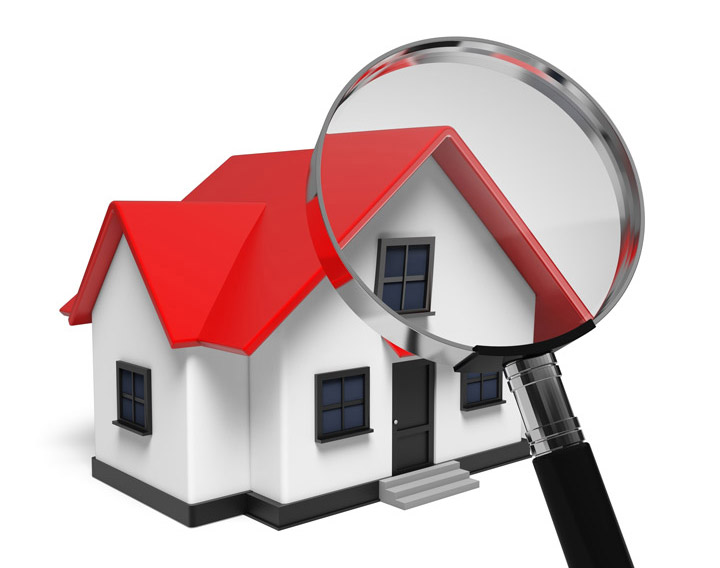
What Goes Into an Appraisal?A home purchase is the most significant transaction some people might ever encounter. Whether it's a main residence, a second vacation property or one of many rentals, purchasing real property is a complex financial transaction that requires multiple parties to make it all happen. It's likely you are familiar with the parties taking part in the transaction. The real estate agent is the most known person in the transaction. Then, the mortgage company provides the financial capital needed to fund the exchange. And ensuring all requirements of the transaction are completed and that a clear title transfers from the seller to the purchaser is the title company. So, what party is responsible for making sure the value of the real estate is consistent with the purchase price? This is where the appraiser comes in. We provide an unbiased opinion of what a buyer might expect to pay — or a seller receive — for a property, where both buyer and seller are informed parties. A licensed, certified, professional appraiser from Andres Yepes will ensure, you as an interested party, are informed. Appraisals begin with the property inspectionOur first duty at Andres Yepes is to inspect the property to ascertain its true status. We must see aspects of the property hands on, such as the number of bedrooms and bathrooms, the location, living areas, etc, to ensure they truly are there and are in the shape a typical buyer would expect them to be. The inspection often includes a sketch of the property, ensuring the square footage is correct and conveying the layout of the property. Most importantly, the appraiser identifies any obvious amenities - or defects - that would have an impact on the value of the house. Following the inspection, an appraiser uses two or three approaches to determining the value of real property: paired sales analysis and, in the case of a rental property, an income approach. 
Cost ApproachThis is where the appraiser gathers information on local construction costs, labor rates and other elements to calculate how much it would cost to build a property nearly identical to the one being appraised. This figure commonly sets the upper limit on what a property would sell for. The cost approach is also the least used predictor of value. 
Sales ComparisonAppraisers are intimately familiar with the neighborhoods in which they work. They innately understand the value of particular features to the people of that area. Then, the appraiser looks up recent transactions in the vicinity and finds properties which are 'comparable' to the subject being appraised. By assigning a dollar value to certain items such as square footage, additional bathrooms, hardwood floors, fireplaces or view lots (just to name a few), we adjust the comparable properties so that they are more accurately in line with the features of subject property.
In the end, the appraiser reconciles the adjusted sales prices of all the comps and then derives an opinion of what the subject could sell for. When it comes to valuing features of homes in Rio Rancho and Sandoval, Andres Yepes can't be beat. The sales comparison approach to value is most often awarded the most consideration when an appraisal is for a real estate exchange. Valuation Using the Income ApproachIn the case of income producing properties - rental houses for example - the appraiser may use an additional approach to value. In this scenario, the amount of revenue the real estate produces is taken into consideration along with other rents in the area for comparable properties to give an indicator of the current value. Putting It All TogetherCombining information from all applicable approaches, the appraiser is then ready to stipulate an estimated market value for the subject property. Note: While this amount is probably the best indication of what a house is worth, it probably will not be the final sales price. There are always mitigating factors such as the seller's desire to get out of the property, urgency or 'bidding wars' that may adjust an offer or listing price up or down. But the appraised value is typically used as a guideline for lenders who don't want to loan a buyer more money than the property is actually worth. It all comes down to this, an appraiser from Andres Yepes will guarantee you get the most fair and balanced property value, so you can make wise real estate decisions. |